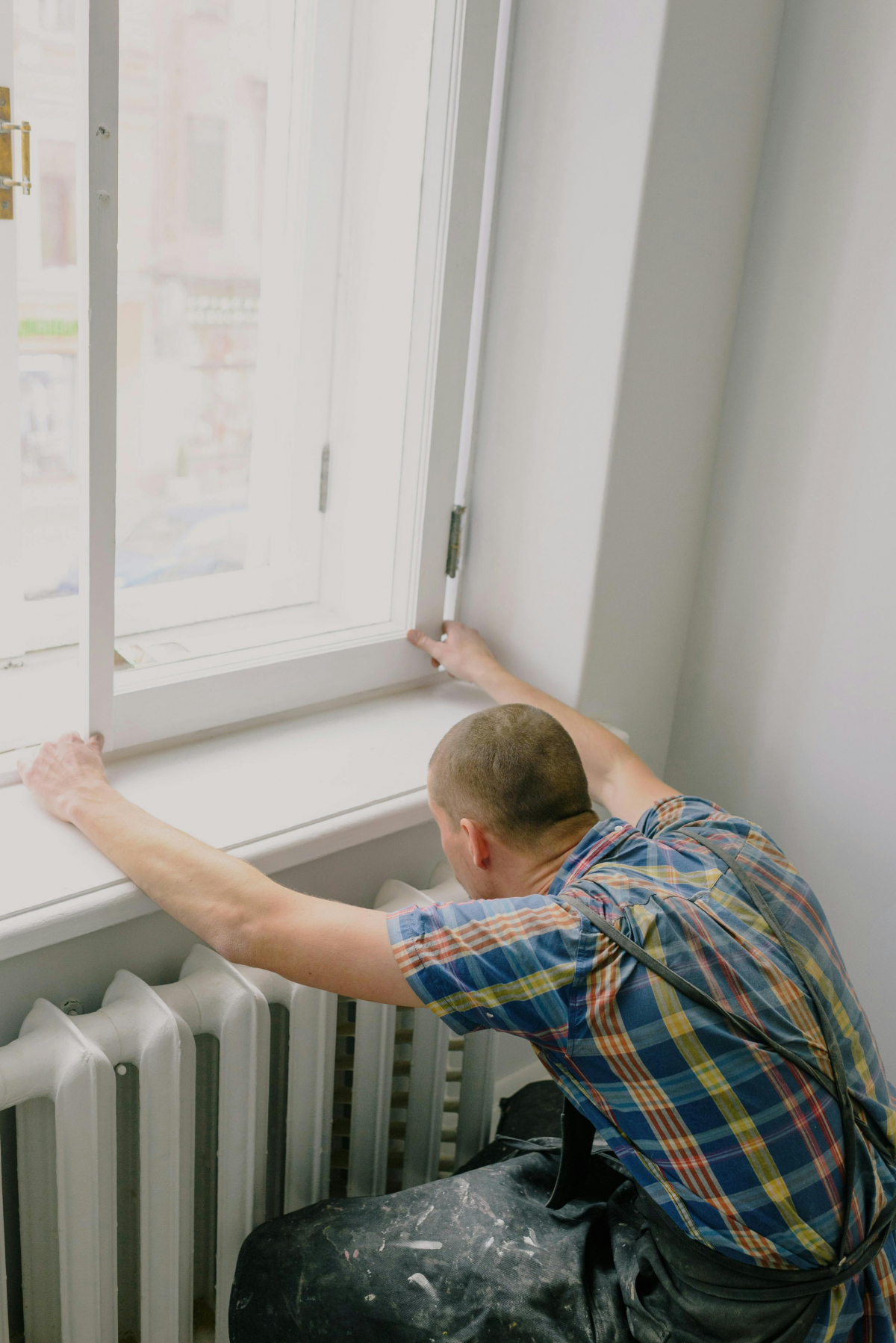The target fabric energy efficiency rate (TFEER) affects new homes in England. The Building Regulations 2010, which govern Approved Document Part L Volume 1, stipulates that it must be calculated using the Government’s Standard Assessment Procedure (SAP).
It measures the energy demand of new dwellings in kilowatt-hours per m2 per year. Three factors influence this value; your U values, air pressure test result, and thermal bridging.
TFEER is directly linked to the efficiency of the building materials used in a new house, such as the walls and floors, and the airtightness of the house, reducing uncontrolled ventilation through unintended gaps and cracks.
The TFEER is a minimum energy performance requirement for newly built dwellings. The TFEER affects newly built houses based on the transfer rate through building materials, which is heat loss due to conduction, convection and radiation. Therefore, the TFEER will not affect existing homes in any way.
Air pressure testing calculates the airtightness in the building, known as the ‘air permeability’ or ‘leakage’ rate. Excessive air leakage can affect the building’s energy efficiency, making the house less efficient.
Thermal bridges are weak points in the structure where heat can pass through more easily; these places are usually joints, studs and wall ties.
Harmonize Your Habitat: The Green Blueprint for Home Wellness
Download Our Latest eBook
A Guide for Homeowners to Decrease Energy Use and Optimize Home Living. Helping you bring harmony to your living space through eco-friendly practices that promote health and wellness.
Click Here

